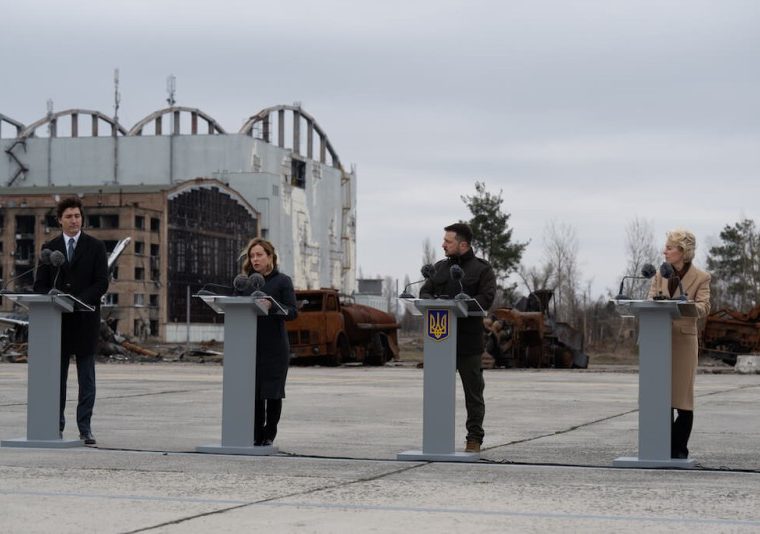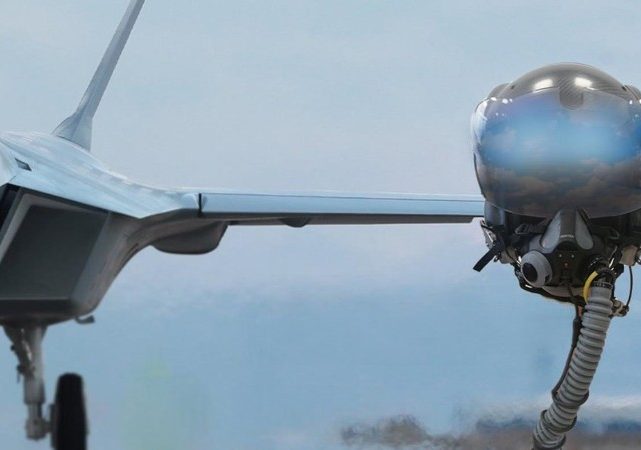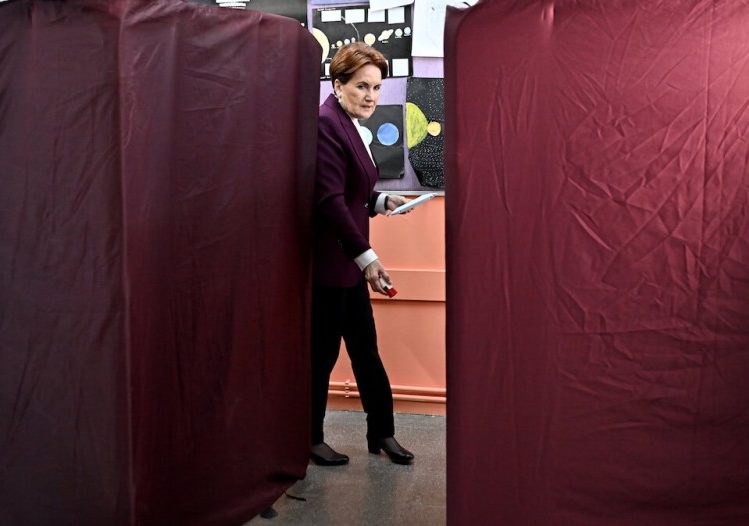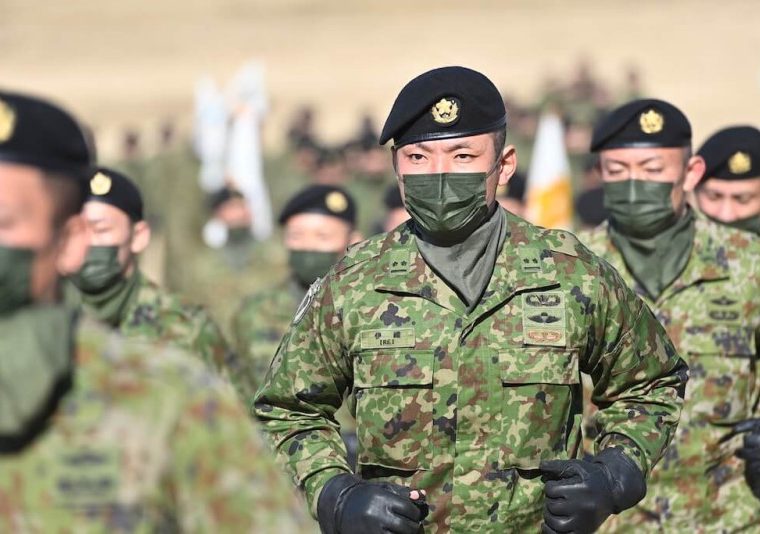R
ussia’s aggression in Ukraine has begun to show signs of an approaching crossroads. In order to formulate the right strategies in the political, economic, military, and other fields, it is necessary for those observing the events to follow the course of war and make projections for the future. Decisions made now, in the right place and at the right time, may be vital to the outcome of the war.
In this regard, it would be useful to draw a general picture of the war and take stock of the situation at certain intervals. Currently, two aspects of the war, symmetrical and asymmetrical, are at the forefront. However, it is unlikely that these efforts will bring victory to Russia or Ukraine on the battlefield.
Russia’s symmetric and asymmetric moves
In a symmetrical context, both armies are waging a war of position against each other. The Russians have fortified defensive lines one behind the other from Crimea to the northern end of the theater of operations and are trying to hold the narrow area they occupy west of the Sea of Azov, starting from the Ukrainian-Russian border.
Russia also intends to hold the north and northwest of Crimea in order to “ripen the conditions” for the annexation of an integral territory. Thus, the Russian offensive in the winter has turned into a stubborn defense, instead of a brisk advance, in the summer. On the other hand, it is always possible that the Russians would prefer to expand the war in order not to take any risks.
In tactical terms, the Russian military delegation has gradually structured the defense lines in accordance with the conventional Russian defense doctrine: in front of each defense line are minefields and other obstacle systems. In other words, there are fortifications to channel the Ukrainian troops to the intended zones of destruction.
As a result, Ukrainian troops will either try to enter the demolition zones by complying with Russian obstacles or destroy these fortifications and advance in their own direction. Destruction zones mean the loss of combat power, and clearing fortifications requires the use of fortifications and fire support, which translates into a waste of resources and time.
Meanwhile, the Russians have fortified critical hills, residential areas, and facilities as resistance points. While conducting an independent defensive operation, the resistance points force the Ukrainian troops to stop or advance in the direction they do not want to go.
While this is the tactical dimension of the defensive operation, at the operative level, i.e., Russian divisions and corps, the area of operations has been well analyzed and the Ukrainian military’s ultimate operational objective has been predicted. The fortifications to the west of Mariupol, Melitopol, and other cities that the Ukrainian military might want to capture as they try to reach the Sea of Azov have been kept strong.
In addition, the dams on the Dnieper River were considered as natural obstacles. In other words, the Ukrainian military has to contend, first, with water obstacles and, then, with Russian obstacle systems. The Russians have planned the force distribution in accordance with these natural and artificial obstacle systems. There is a high concentration of forces in the directions where the Ukrainian military will have to advance and a relatively low concentration of forces behind the natural obstacles.
The situation is slightly different at the strategic level. The Russian retreat from Kharkiv after the failure of the siege of Kyiv, the risk of huge losses to capture Bakhmut, and the excessive delay in plans to involve Belarus in the war are Russia’s main strategic mistakes. Apart from the logistical failure and the weakness of personnel replenishment, the fact that the partial mobilization did not affect the course of the war is an obvious “strategic failure” for Russia. The situation on the Russian front does not look bright.
The strategic inadequacy leads to the use of asymmetric methods. In this context, the intensive use of short-, medium-, or long-range rockets and missiles, especially against Ukrainian cities, is noteworthy. More than 6,000 Shahed drones provided by the Iranians have been used against civilian targets instead of military targets in the context of deep operations.
In this conventional warfare, where military engagement is symmetrical, affecting civilian targets is not in line with military requirements. It is not a comprehensible choice to direct rockets, missiles, and drones to civilian targets in Kyiv, Lviv, and Odessa to support the Russian military, which is short on ammunition on the defense line. Civilian targets in the depths of Ukraine should not be expected to yield political results.
Although the seven conditions put forward by the Russian political leadership for the extension of the Black Sea Grain Initiative are a bargaining chip, it is noteworthy that Russia’s military weakness in the Black Sea is not taken into account. The strategic “mistake” of withdrawing from the Black Sea Grain Initiative is about to condemn Russia to unilateral pursuits. Ukraine’s use of Danube ports to export grain through Romanian territorial waters is an asymmetric response that Russia may not have anticipated.
Russia’s strategic approach to tip the political balance of the war in its favor is based on two different points. First, it wants to form a new bloc with countries such as China, India, or Iran through organizations like the Shanghai Cooperation Organisation and BRICS, and it wants to see Turkey on its side in order to create a crack in NATO.
The second point is to support an anti-U.S. and anti-European bloc in African countries to distract Western countries from Ukraine. In other words, Russia aims to force France and the United States to change their priorities in the event of an intervention by ECOWAS (Economic Community of West African States) countries in Niger and to reduce their support for Ukraine. This is where Wagner, which raised the flag of rebellion against Moscow but was sent to Africa after a warning, comes into play.
It is noteworthy that Wagner is providing training to the Belarusian Armed Forces at a time when the shipment of Russian nuclear weapons to Belarus is on the agenda. Thus, the attempt to open a new front in the north of Ukraine emerges as an asymmetric action for symmetric superiority.
Indeed, in such a situation, the Baltic states and Poland would be dragged into a more engaged position, while Ukraine would not be able to remain militarily strong on two different fronts for long. Therefore, Belarus’s involvement in the war emerges as the most important issue to be monitored in the upcoming period.
Situation in Ukraine
It should be noted that Ukraine was primarily a party in self-defense. The Russians took the initiative to start the war and Ukrainians were able to shape the course of the war only after it had started. The country’s lack of capacity for a protracted war made it dependent on external support; in other words, Ukraine used what it had or what it was given, first in defense and then in offense.
Ukraine’s symmetrical warfare led to the Russian withdrawal from Kyiv and the liberation of Kharkiv. However, the general counteroffensive that it announced it would launch in the spring highlighted symmetrical difficulties and mistakes at the tactical level.
In its stubbornness to defend or seize symbolically important cities or facilities, Ukraine engaged Russian tactical strengths. To use military parlance, it failed to “concentrate forces” on Russian weaknesses and vulnerabilities. Such a tactic naturally increased casualties.
After the success in Kharkiv, military decisions that would ensure superiority at the operative level could not be made, perhaps due to lack of capacity and capability. In this context, a counteroffensive was launched from three different directions between the cities of Mariupol and Melitopol. However, the counteroffensive failed to break through the previously mentioned Russian defense lines and could not advance in the direction of the Sea of Azov.
For the sake of the tempo of the counteroffensive, the fortifications of the defensive lines had to be cleared, and in order to create gaps between the positions of the Russian troops, American cluster bombs were used. The Russian counter-threat was the use of the thermobaric or vacuum bomb, known as the “Father of All Bombs.” Considering that this ammunition was used in March 2022, the main Russian preference against the Ukrainian symmetry was revealed.
The biggest problem for Ukraine’s medium-sized troops is the lack of an uninterrupted flow across the terrain that can initiate and advance an offensive. Due to water channels and dams, general counterattack directions are both predictable and limited. The Russian BTM-2, BAT-2, and ISDM Zemledeliye, which look like oddities but do a great job in Ukraine’s agricultural landscapes, can dig ditches and mine for kilometers. Therefore, Ukraine’s overall counteroffensive requires symmetrical parity of combatants, and fire support and engineering superiority to destroy obstacle systems.
For Ukraine, strategic superiority in the military field is only possible through the acquisition of complex and integrated weapon systems. In this context, while the supply of weapons and ammunition continues without interruption, capabilities such as air, air defense, anti-tank, electronic warfare, and military intelligence must be acquired.
Recommended
Considering the need to ensure air superiority at least in a certain area in the execution of counterattacks, Ukraine’s procurement of F16 fighter jets from the Netherlands and Denmark and Gripen fighter jets from Sweden is a process that needs to be accelerated. However, due to pilot training and the integration of the aircraft with other systems in the Ukrainian army, this process should be expected to take at least a year.
In terms of air defense systems, Ukraine has received shoulder-launched MANPADS, HAWK surface-to-air missile systems, IRIS-T missiles, NASAMS air defense systems, and PATRIOTs. Yet, there are problems with the supply of ammunition, and there is a big difference between the ammunition produced in the U.S. and Europe and what Ukraine uses. Moreover, even if F16s are procured, it is unclear which ammunition will be supplied to Ukraine. Therefore, while the combat capacity of the Ukrainian army has been increased, it is still not at a level to carry out a general counterattack.
Due to its lack of symmetrical and limited capabilities, Ukraine is engaging in asymmetrical attacks. Drone strikes on Moscow and the sabotage of the Crimean Bridge in the Black Sea have been Ukraine’s main asymmetric actions so far. Earlier, Ukrainian Special Forces infiltrated and attacked Russian ammunition/fuel depots and critical facilities. The identification of alternative routes for the Black Sea Grain Initiative can be seen in the same light. However, it is important to remember that these steps are only “momentary” remedies for Ukraine which come to the fore primarily by virtue of their psychological dimension.
Before the end of the second year of the war, it can be stated that both sides have become militarily bogged down. As neither Russia nor Ukraine has been unable to achieve symmetrical superiority, they seem to be trying to have an asymmetric impact while increasing their combat capacities.
However, asymmetric actions can only be effective for a limited period of time. Drone strikes on Moscow or striking civilian targets in Odessa will not bring victory on the front line. On the other hand, political compromise requires synergies by integrating complex warfare systems in the symmetric and asymmetric domains, as the parties need to establish military superiority.
One could argue that Russia has an advantage in this area, and Ukraine will only develop its integrated warfare capacity if the West continues to support it. Such a situation could prolong the war. Russia needs to accelerate its African expansion and the Belarusian front in order to gain momentum in the Ukrainian war, while Ukraine needs to convince the West that it can win the war.





